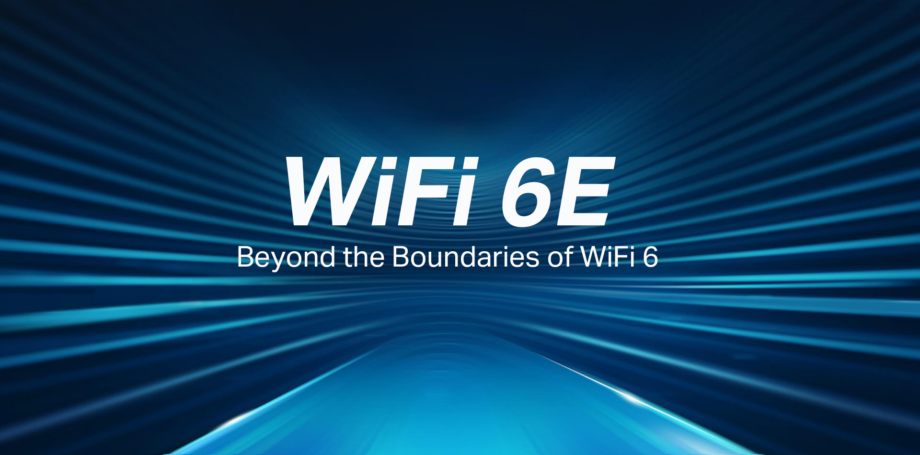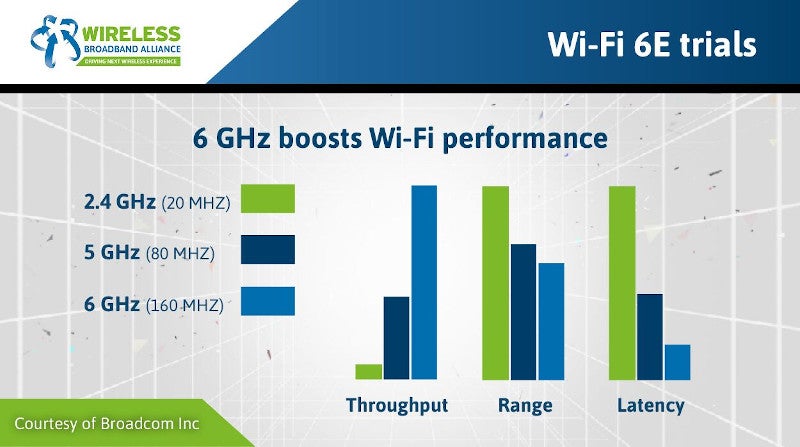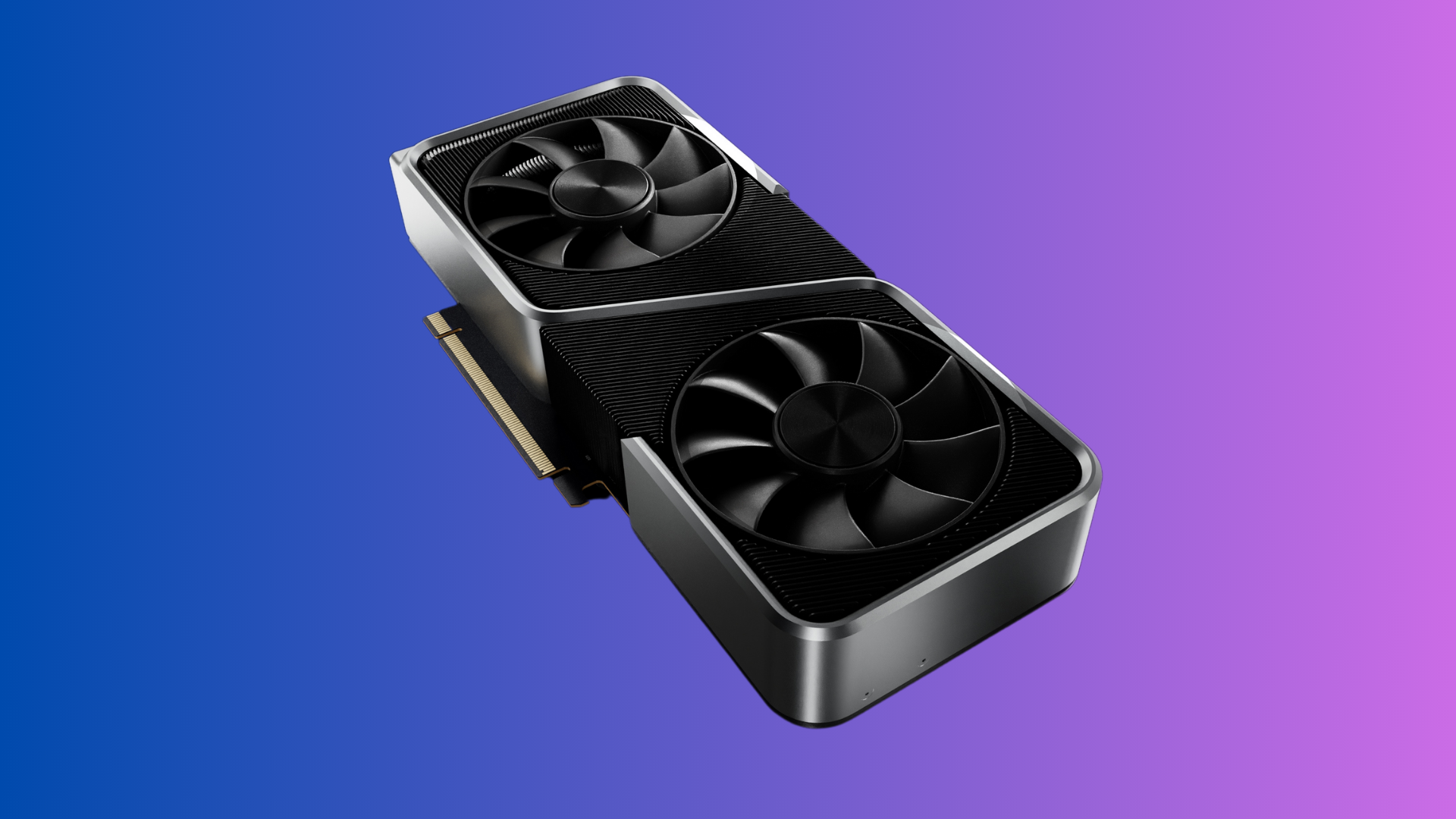What is Wi-Fi 6E?

In 2023, there won’t be a day that goes by that you aren’t using Wi-Fi and, as such, new standards can have quite the impact on your everyday life. Now, we have Wi-Fi 6E. Here’s our guide on Wi-Fi 6E, and just how it differs from Wi-Fi 6.
We’re well aware that technological standards aren’t the most interesting topics to delve into and that’s why we’re here to explain the basics for you. This guide will tell you the good and the bad, and whether it’s worth upgrading.
You can expect to here even more about Wi-Fi 6E soon too, with the upcoming iPhone 15 expected to sport the latest Wi-Fi standard (via Ming-Chi Kuo). Once we’ve gave you the skinny on Wi-Fi 6E, if you think it’s time to upgrade, check out our And if you’re on the lookout for a new Wi-Fi 6E router, then make sure to check out our best router roundup.
What is Wi-Fi 6E?
Wi-Fi 6E is a new wireless standard that succeeds its predecessor Wi-Fi 6. It offers all of the same benefits and features of Wi-Fi 6, but with one key difference: support for the 6GHz channel.
While this channel has less range than 5GHz and 2.4GHz networks, it’s built for speed as there’s very little overlap and interference. Think of the 6GHz channel like a new fast lane on the motorway, helping to reduce congestion while also allowing supported devices to take advantage of faster speeds.
With the new 6GHz channel, there are 14 new 80MHz channels and seven new 160MHz channels that don’t overlap; with 5GHz, there are just two 160MHz channels, both of which overlap, so are susceptible to interference from neighbouring networks. This generally means that performance on 5GHz networks are throttled back to avoid clashes.

Throttling and interference are an even worse problem on the 2.4GHz band, where there are just three 20MHz channels that don’t overlap, and no 40MHz channels free of overlap.
In comparison, devices connecting on the 6GHz band have throughputs that can surpass Gigabit Ethernet; we’re talking wired speeds without the need of cables.
Wi-Fi 6E’s 5GHz and 2.4GHz channels are compatible with Wi-Fi 6 or older devices, but the 6GHz channel requires dedicated support. As well as boosting bandwidth, Wi-Fi 6E requires WPA3 support on the 6GHz channel, which is the latest form of wireless security.
However, the biggest issue with Wi-Fi 6 right now is that compatible routers are expensive, while the list of supported devices is relatively small. Many Android smartphones offer support but the latest Apple iPhone 14 Pro isn’t compatible. Android phones like the Samsung Galaxy S23 do offer Wi-Fi 6E though. But, in 2023, the iPhone 15 is expected to adopt the technology.
All of the major game consoles, such as the PS5 and Xbox Series X, lack Wi-Fi 6E support too, which shows just how new this technology is.
And even if you do own several Wi-Fi 6E gadgets, you may want to wait until compatible routers are more affordable. The Netgear Orbi RBKE963 Wi-Fi 6E Mesh System currently tops our best router roundup thanks to its stellar performance, but it’s currently priced at £1499.99/$1499.99.
Routers are gradually becoming more affordable though, with Google recently confirming the new Nest Wifi Pro supports Wi-Fi 6E and will be available from $199.99 as a one pack ($399.99 for a three pack).
It’s still early days for Wi-Fi 6E, but the improvements to your internet connection are clear. That said, it’s worth mentioning that the even better Wi-Fi 7 standard is on the horizon, touted to launch in 2024 at the very earliest. So if you do rush out to buy a new router, don’t be surprised to see more cutting-edge Wi-Fi 7 routers appearing on shop shelves in the next few years.








